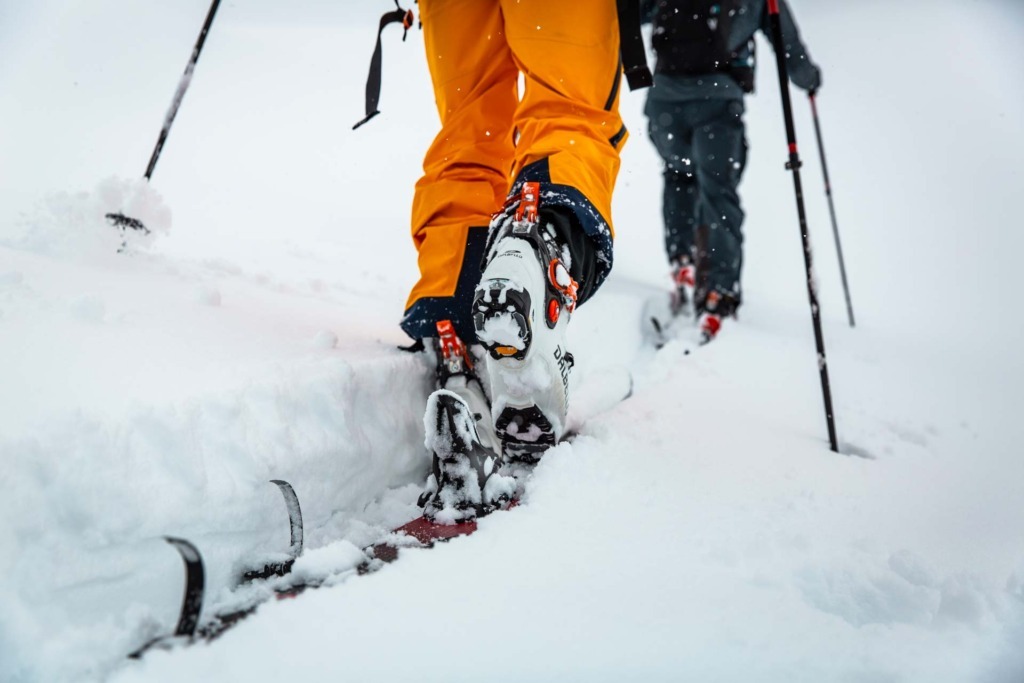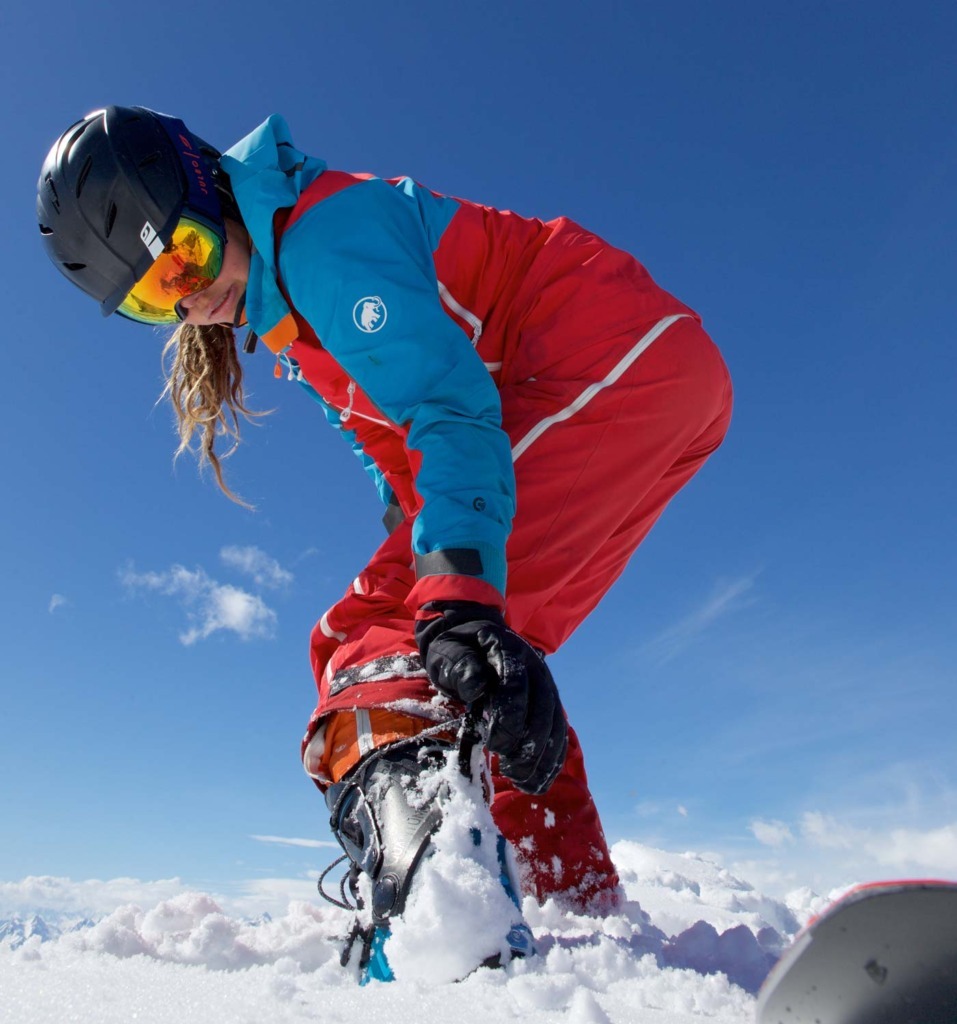Ski touring boots – the right setting for the ascent and descent
everything you always wanted to know about gear
how to
How to store your pole in steep terrain to climb better
Touring Hacks with Pros We asked our best ski touring experts to reveal their top ski touring hacks. All of our pros are from the ski and mountain guide industry …
Blister-free touring – tips!
Blisters on the feet are a tiresome topic, but with a few tricks they are easy to outwit. This includes that the liner should be thermoformable and adapted to the …
Are you well prepared?

